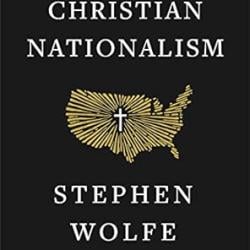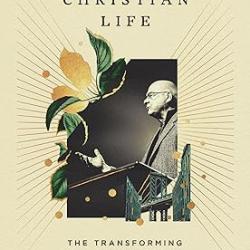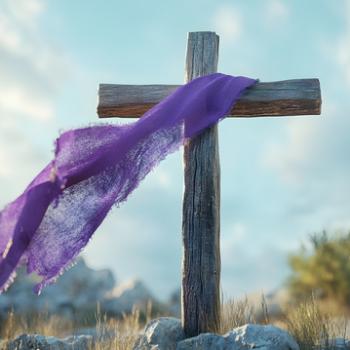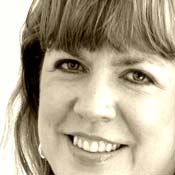Catholic monk Thomas Merton described this in his oft-quoted epiphany at the corner of 4th and Walnut in Louisville, Kentucky where he "suddenly realized that I loved all the people and that none of them were, or, could be totally alien to me. As if waking from a dream—the dream of separateness." This is the awakening we all yearn for even if we can't name it. The new monk and new artist are on this journey of awakening; they practice staying awake to this truth each day and they do it right in the midst of quotidian life.
In your book, you say: "Obedience means trusting that I was created as a creative being in the image of the Primary Creator and realizing that what brings me joy and energy will also bring me closer to my purpose." I can hear the critics now: "That sounds like the cult of me!" Your response?
There is a fallacy that obedience is all about sacrificing our own desires for God or for the church. I don't mean to say that following one's deepest call doesn't involve some very real sacrifice, but more often it is about letting go of our ingrained expectations and preconceived ideas, of our desires to make others happy, to not want to upset the status quo, and to be open to the radically new thing God is bringing to birth in the world. We participate in that as a part of a communion so that when I share my unique gifts freely and you do the same, we bring more wholeness to the world together.
What's been the most enthusiastic response—and where was the most resistance—to your book?
The enthusiasm I experienced was largely from folks who were thrilled to find kindred spirits, who knew their own deep desires to live in creative and contemplative ways and wanted support in that journey. I write about the archetypes of the monk and artist both as edge-dwellers, ones who live on the edges of a community or culture and call others toward this newness of vision and as such are often ostracized for it because people aren't ready to receive it.
The resistance I think comes when working through all of the baggage people carry about being an "artist." We are often critiqued for our creative ability early on and we learn what kinds of expressions are acceptable and what are not. A lot of artists feel like impostors because they aren't doing this work professionally. In indigenous cultures the arts belong to the whole community and are in service to ritual. In our contemporary world we set artists apart in galleries and museums. We forget that art is the language of joy and meaning that we all share.
Christianity has traditionally placed so much emphasis on Scripture as being the only and final source of revelation. In your book you reflect a Celtic approach—as theologian Phillip Newell puts it—The Big Book (nature) and the Little Book (Scripture) together as sources of revelation. Can you say more about "Creation as the first scripture"?
We tend to forget that Creation is the original source of many of our religious categories and that the earth is the very matrix for our self-understanding. The psalms celebrate again and again the way nature praises God in her own original liturgy.
Merton claimed that it was necessary for the monks to work in the fields "in the sun, in the mud, in the clay, in the wind" because these elements are our spiritual directors. Medieval monk and mystic Bernard of Clairvaux wrote: "Believe me as one who has experience, you will find much more among the woods then ever you will among books. Woods and stones will teach you what you can never hear from any master."
Our relationship to creation is deeply broken. We have forgotten our deep earthiness. In monastic tradition humility is essential, which is about remembering that we are of the earth and that we will one day return to the earth. We could avoid much of our hubris by keeping "death daily before our eyes" as Benedict writes in his Rule. We would feel much more alive by following the rhythms of creation around us rather than forcing ourselves to meet the unending demands of the clock. Praying the Hours is a practice of attending to the rise and fall of each day, of entering a different kind of time.
How has writing this book changed the way you see structure and freedom for yourself, and how has your own "artist's rule" changed and been transformed?
I have grown immensely over the last few years in my trust of my own natural rhythms. I feel deeply blessed to be able to structure my life in such a way that most days I can follow this rhythm and respond to it as needed. I live from a more organic sense of time and trust the unfolding of what is happening. God's birthing into the world is a slow process. I also recognize that there is great gift in practice and discipline, which forms the structure of my life, and so I hold these in healthy tension with one another. I know that I need daily practices to cultivate my openness to the sacredness of each moment.





